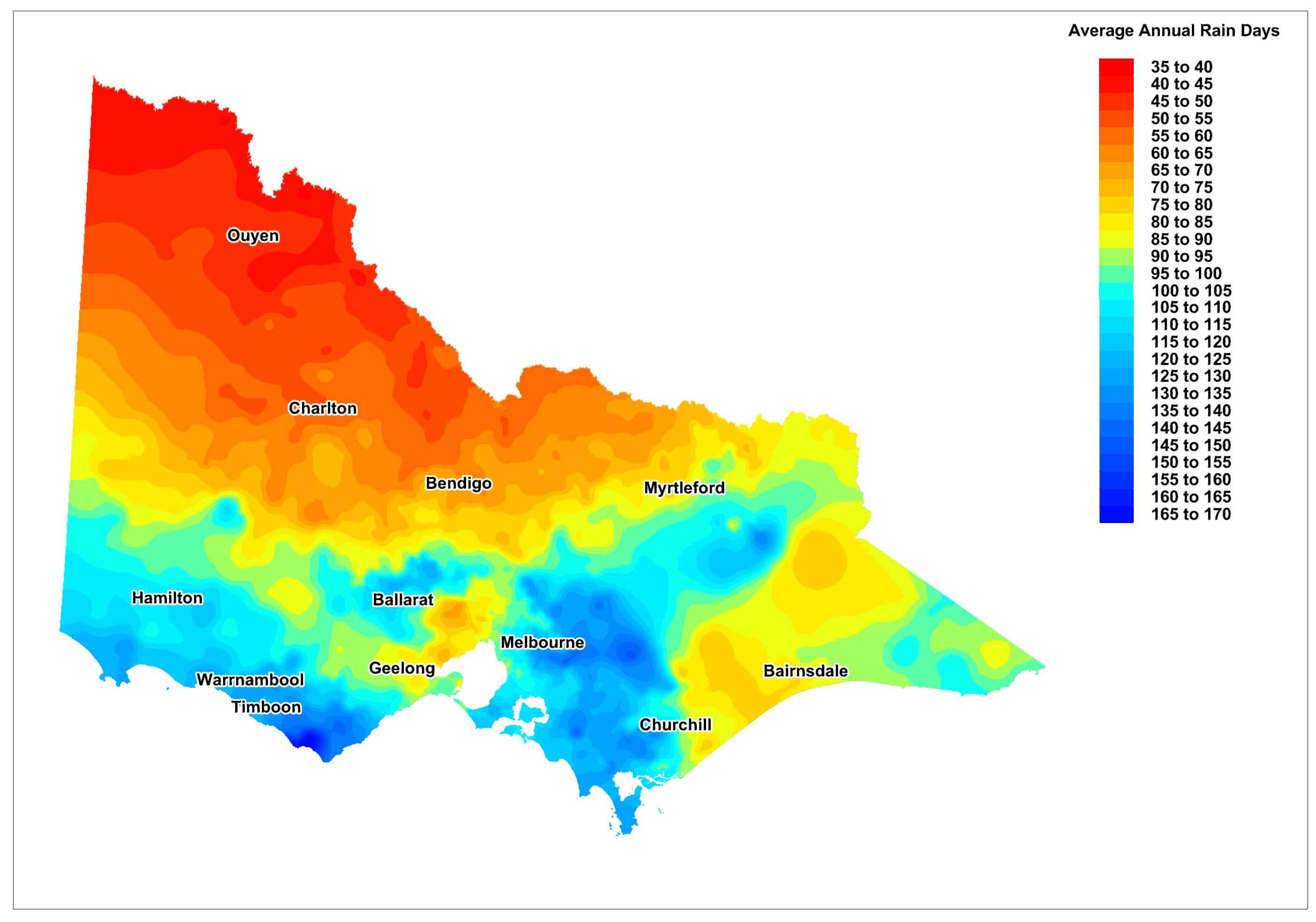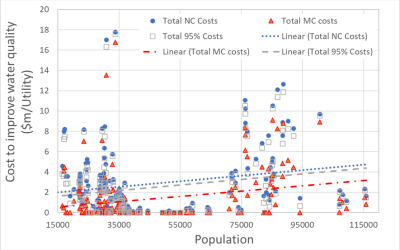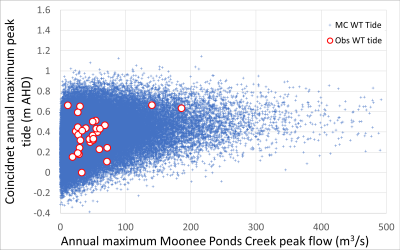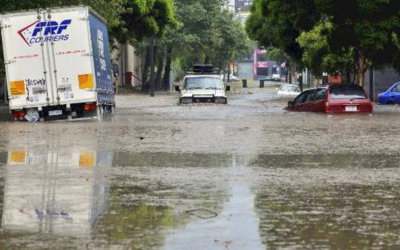The Battle to Do the Right Thing has a long history. The discussions below refer to two pivotal events involving substantial personal courage that were debated in the Victorian Parliament during 2009. Much has been stated on the need to modernise water management and the actions taken over the last four years. However, there is a deeper and more important truth that must be discussed. As my next offering in the “Battle to Do the Right Thing” series, please enjoy the following.
3 June 2009 ASSEMBLY
| Title | Environment and Natural Resources Committee: Melbourne’s future water supply |
| House | ASSEMBLY |
| Activity | Statements on Reports |
| Members | WALSH |
| Date | 3 June 2009 |
| Page | 1530 |
Environment and Natural Resources Committee: Melbourne’s future water supply
Mr WALSH (Swan Hill) — I want to make a contribution on the Environment and Natural Resources Committee’s inquiry into Melbourne’s future water supply. I particularly want to make some comments on chapter 4, which talks about the use of stormwater and rainwater harvesting in supplementing Melbourne’s water supply. I will focus on a couple of the key findings. The first of those is finding 4.1, which says that annually somewhere between 400 000 and 550 000 megalitres of stormwater actually runs off the Melbourne urban catchment into the bay. I think that is a wasted resource. Finding 4.4 is that a statewide urban stormwater strategy was to be developed by 2007 to promote the use of stormwater. As the committee found, that strategy has not been completed yet, so I think despite the government’s rhetoric about making water one of its no. 1 issues, it has failed dismally when it comes to the use of stormwater.
Page 1530 If you go further into chapter 4 and look at some of the evidence the committee was given about the harvesting of stormwater, you will see a quote from the Prime Minister’s Science, Engineering and Innovation Council:
As more water … often falls on a city than it consumes, it is possible to use the city itself as a water catchment.
I think the Brumby government has failed dismally when it comes to utilising Melbourne’s own catchment to harvest stormwater.
Honourable members interjecting.
The ACTING SPEAKER (Mr K. Smith) — Order! If the member for Gippsland East and the member for Preston want to have a conversation, they should do it outside the chamber.
We would like to hear what is being said by the member on his feet.
Mr Ingram — Some wouldn’t.
Mr WALSH — I note the rude comment from the member for Gippsland East, which I will choose to ignore.
One of the sources the government based some of its assumptions on was a report from Sinclair Knight Merz. I believe the criteria in that report were set so that the proposition was doomed to fail. Recommendation 4.2 is actually that the Victorian government and Melbourne Water reassess the options for harvesting stormwater that were considered in the Sinclair Knight Merz report with the changed criteria that stormwater be harvested for non-potable use and that the yield criteria in the assessment of sites for water harvesting be changed. I think that is a very good recommendation.
The last thing I would like to touch briefly on is the presentation and evidence the committee received from Dr Peter Coombes. I would like to highlight the evidence he gave in his presentation which was based on his research. The report states:
… Dr Peter Coombes estimated that a 40 per cent reduction in demand for mains water could be achieved for houses that have a small rainwater tank, approximately 3000 litres, if they were used to supply laundry and for toilet use and possibly outdoor use along with basic water efficient appliances.
I think what Dr Coombs was very clearly saying to the committee, and what a lot of other people in the community of Melbourne have been saying, is that if every household had a tank and if those tanks were plumbed so that the water in them could be used in the toilet and the hot water system, we could substantially reduce the potable water demand of Melbourne and there would not be a need for the north-south pipeline, there would not be a need to rob northern Victoria of water and there would probably not be a need for a desalination plant at Wonthaggi on the scale that is being planned at the moment.
This report, and particularly chapter 4, reinforces my view and the view of those on this side of the house that this government is wasting a major opportunity in not harvesting a potentially substantial amount of somewhere between 400 000 and 550 000 megalitres of water that falls on Melbourne as a catchment, because CSIRO calculations are based on the fact that 42 per
Page 1531 cent of an urban area is impervious to water and an urban area is effectively a major source for catching water.
The other issue in the utilisation of stormwater, and one of the issues the committee disagreed on, is that the government members of the committee believed there should be no further dams or storage options explored for Melbourne. I am very firmly of the view that if we are going to take advantage of the stormwater that runs off Melbourne, we may in the future need to build some storages to capture that stormwater or to enlarge existing storages to make sure we utilise that water.
I commend the report to all members. It deals with some good issues, particularly around the need to make better use of the stormwater that runs off the Melbourne catchment.
26 February 2009 COUNCIL
| Title | Planning: Armstrong Creek development |
| House | COUNCIL |
| Activity | Adjournment |
| Members | KOCH |
| Date | 26 February 2009 |
| Page | 1009 |
Planning: Armstrong Creek development
Mr KOCH (Western Victoria) — My matter is for the Minister for Planning and concerns planning for the use of recycled water in the new Armstrong Creek development.
In November last year, the Minister for Planning, along with the Premier, announced the approval of the Armstrong Creek urban growth plan and the rezoning of all farming land within the urban growth boundary. The plan provides the development framework for Geelong’s primary growth area and is one of the city’s largest ever strategic planning projects.
Armstrong Creek, south of Geelong, will grow into a community of at least the size of Shepparton, with over 20 000 new households accommodating 54 000 residents and creating 22 000 jobs in the coming decades.
Construction is expected to start next year and will include schools, parks, shops, an industrial precinct and ample open space. The new development will provide up to 20 years housing supply, particularly for first home buyers and young families. A great opportunity exists for Armstrong Creek to be developed into a sustainable community that sets new benchmarks in best-practice urban design and the responsible use of water.
In early 2008 the City of Greater Geelong engaged one of Australia’s leading urban water cycle management policy advisers, Dr Peter Coombes, who is the head of Bonacci Water and an associate professor at the University of Melbourne, to undertake an assessment of the opportunities to implement an integrated water management strategy, including wastewater and stormwater options for the Armstrong Creek area. The report was completed in March 2008, and on 22 April it was presented to council and accepted as a guiding document in the strategic land-use planning of the Armstrong Creek growth area.
The planting of drought-tolerant landscaping, equipping sports fields with access to recycled water and creating wetlands and water storage ponds next to public open space for irrigation purposes means that in the planning of the Armstrong Creek development there is the potential to use innovative solutions for the capture, recycling and use of water. By incorporating water-sensitive urban design, third-pipe recycled water and rainwater tanks for both household and business use, Armstrong Creek residents will have the potential to reduce their water consumption by at least 75 per cent. Along with the proposed multimillion-dollar upgrade to the Black Rock recycling plant, which will produce class A water, and the use of localised stormwater recycling, there will be the capacity to service a third-pipe scheme into Armstrong Creek.
My request is for the minister to ensure that planning procedures for the new Armstrong Creek development include a third-pipe scheme for recycled water as a minimum requirement.






